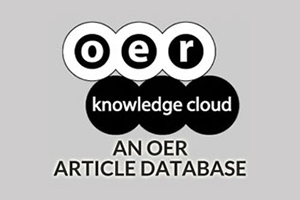Status of e-learning Quality in Kenya: Case of Jomo Kenyatta University of Agriculture and Technology Postgraduate Students
DOI:
https://doi.org/10.19173/irrodl.v19i1.3322Keywords:
e-learning, learning management system, LMS, course design, content support, social support, administrative support, learner characteristics, instructor characteristics, course assessment, institutional factorsAbstract
There is a substantial increase in the use of learning management systems (LMSs) to support e-learning in higher education institutions, particularly in developing countries. This has been done with some measures of success and failure as well. There is evidence from literature that the provision of e-learning faces several quality issues relating to course design, content support, social support, administrative support, course assessment, learner characteristics, instructor characteristics, and institutional factors. It is clear that developing countries still remain behind in the great revolution of e-learning in Higher Education. Accordingly, further investigation into e-learning use in Kenya is required in order to fill in this gap of research, and extend the body of existing literature by highlighting major quality determinants in the application of e-learning for teaching and learning in developing countries. By using a case study of Jomo Kenyatta University of Agriculture and Technology (JKUAT), the study establishes the status of e-learning system quality in Kenya based on these determinants and then concludes with a discussion and recommendation of the constructs and indicators that are required to support qualify teaching and learning practicesPublished
How to Cite
Issue
Section
License
This work is licensed under a Creative Commons Attribution 4.0 International License. The copyright for all content published in IRRODL remains with the authors.
This copyright agreement and usage license ensure that the article is distributed as widely as possible and can be included in any scientific or scholarly archive.
You are free to
- Share — copy and redistribute the material in any medium or format
- Adapt — remix, transform, and build upon the material for any purpose, even commercially.
The licensor cannot revoke these freedoms as long as you follow the license terms below:
- Attribution — You must give appropriate credit, provide a link to the license, and indicate if changes were made. You may do so in any reasonable manner, but not in any way that suggests the licensor endorses you or your use.
- No additional restrictions — You may not apply legal terms or technological measures that legally restrict others from doing anything the license permits.







